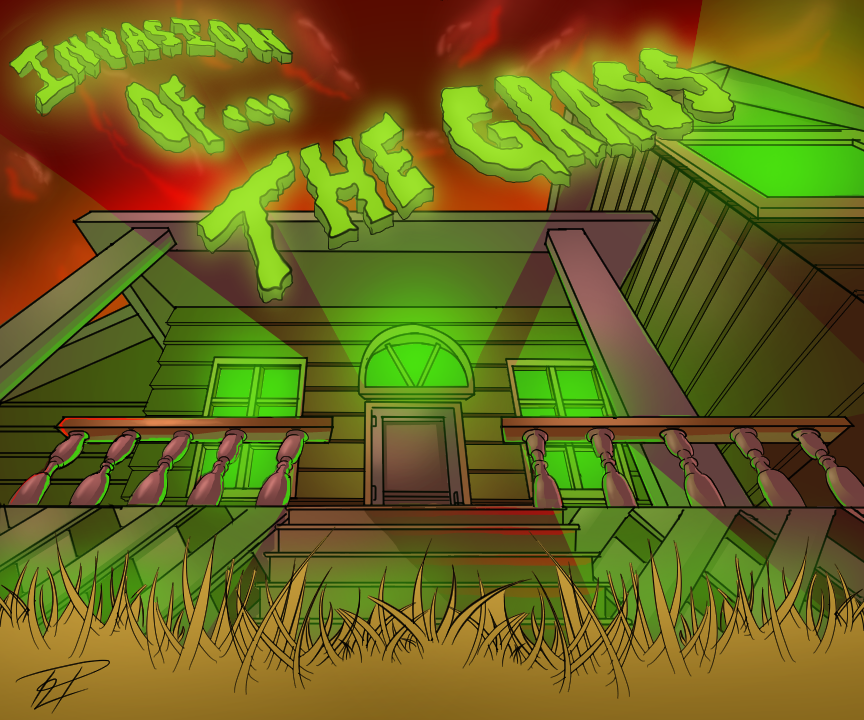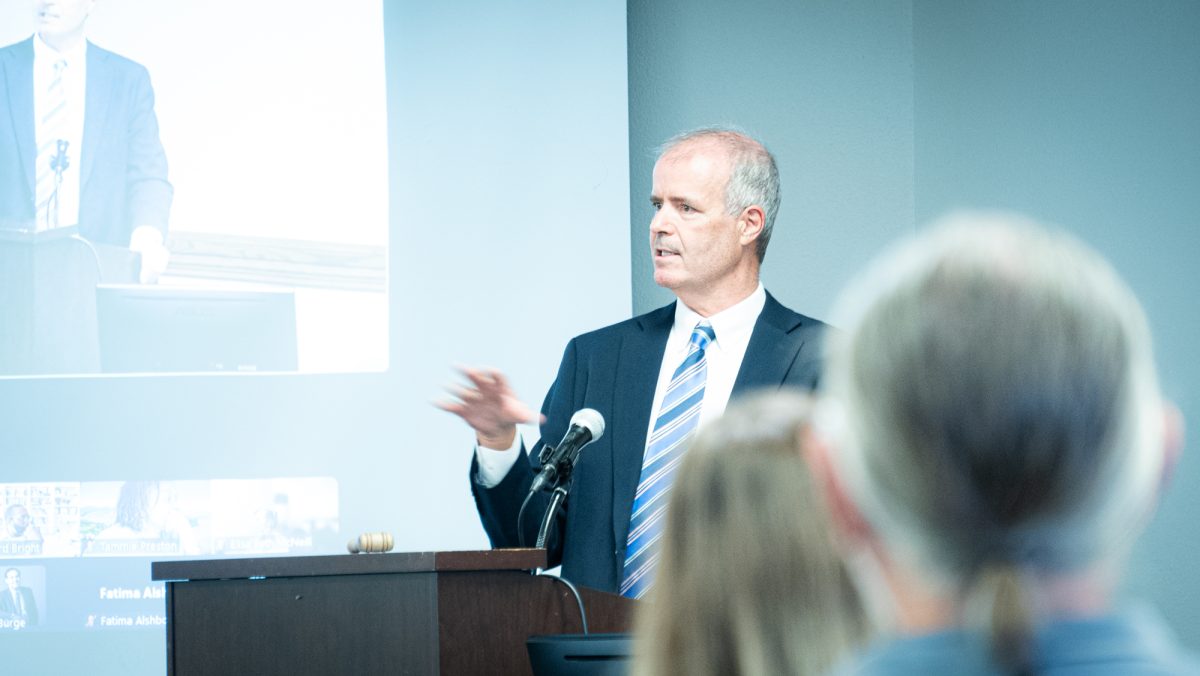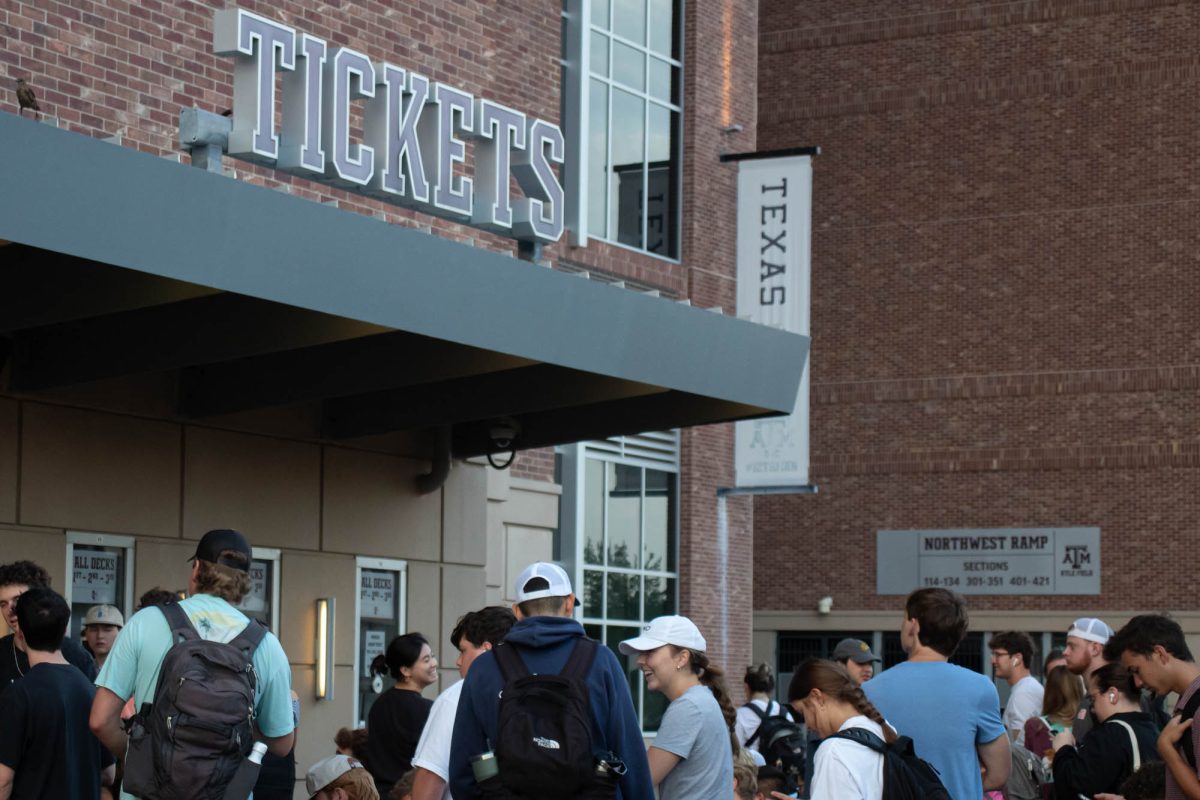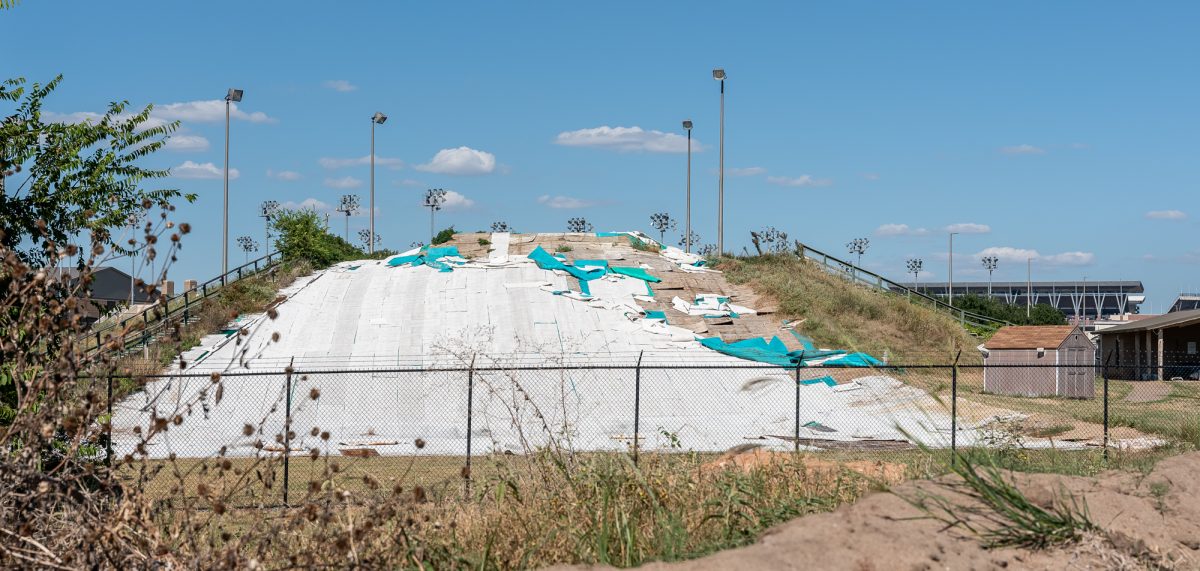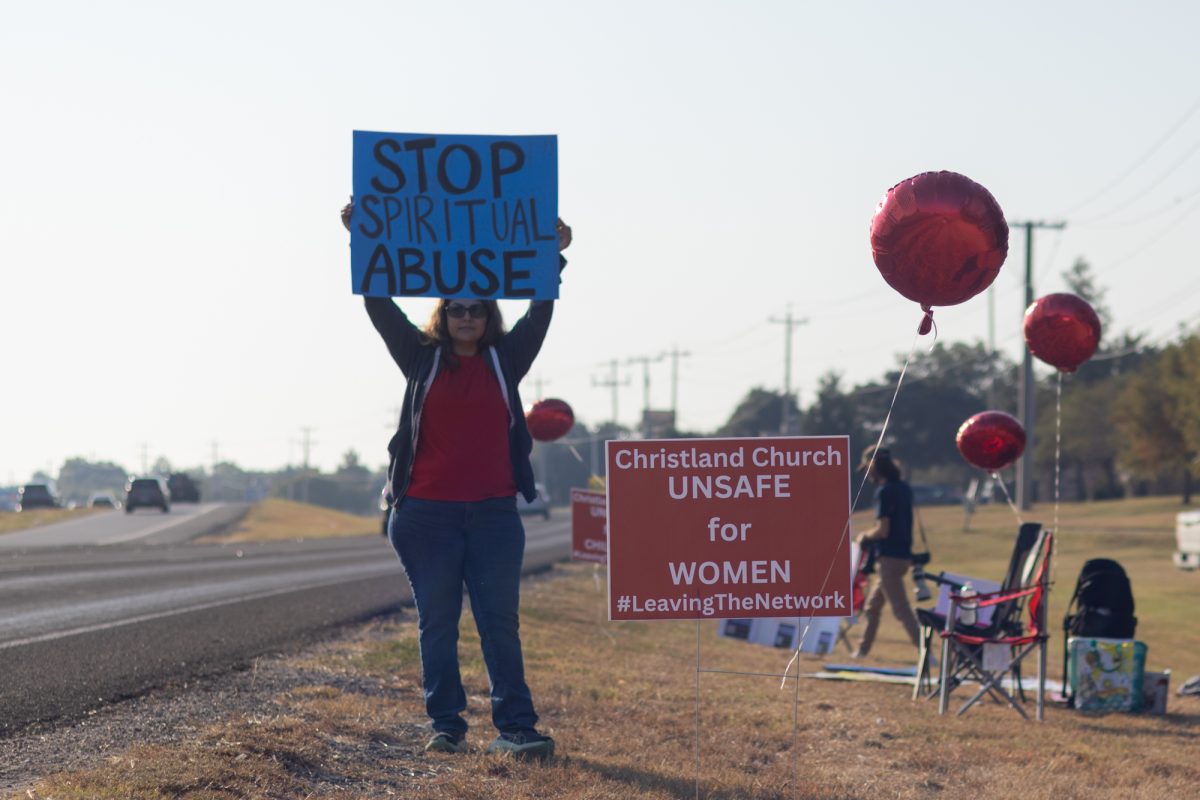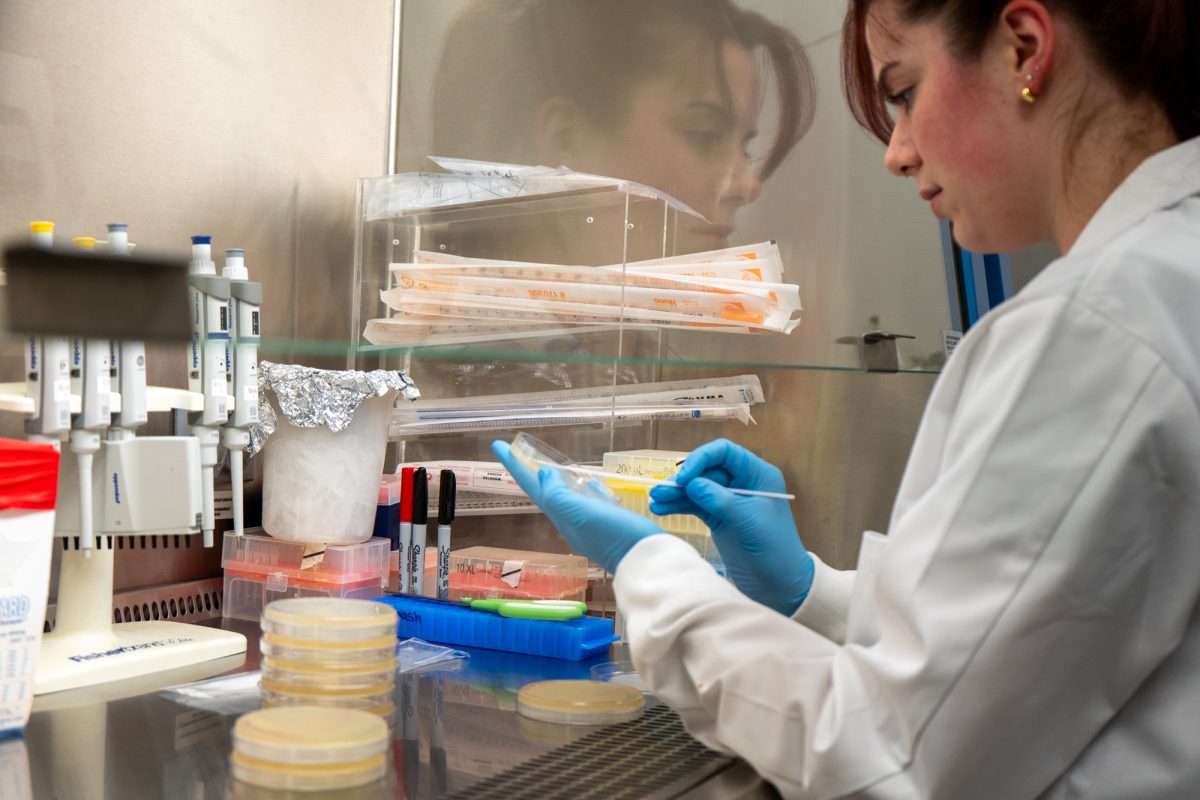A team of researchers from 16 universities across the country is leading efforts to fight the threat of herbicide resistance in annual bluegrass.
Poa annua L., commonly known as annual bluegrass or annual meadow grass, is a problematic species of grass that is becoming increasingly difficult to prevent in managed turf systems. The grass is native to Europe but has become a widespread weed in most of the U.S., and the prospect of the species developing resistance to herbicides could have detrimental effects for the managed turfgrass industry.
Muthu Bagavathiannan, project leader and assistant professor of soil and crop sciences, said the weed has been prevalent in the U.S. for many years.
Funding for the $5.7 million research project was provided by the Specialty Crops Research Initiative of the United States Department of Agriculture, and according to Bagavathiannan, the focus of the research is all-encompassing.
“[The grant] is big in size and is designed to address many different aspects of the problem,” Bagavathiannan said. “In this project, we are looking at the current level of resistance distribution, ecology, genetic and sociological factors that might affect decision-making, and we want to develop tools to create better management tactics.”
Bagavathiannan said although annual bluegrass has been prevalent in most of the nation’s lawns for years, herbicide resistance is making the issues of the weed more concerning.
“It has been present for quite some time, but the proliferation of herbicide resistance has made it worse,” Bagavathiannan said. “In the past, it was there, but we were able to control it with some common herbicides. Now controlling it is becoming more expensive.”
Craig Potts, Athletic Fields Manager for Texas A&M, said annual bluegrass is an issue for turf management because of its unsightliness.
“It’s more aesthetics than anything else really,” Potts said. “The problem with annual bluegrass is you get a white seed head which is not pleasing to look at. On a golf green, it will affect the roll of the ball and will be detrimental. On a sports field, it’s detrimental because it will affect the wear and will look unpleasant.”
Although Texas is threatened by the spread of herbicide resistant annual bluegrass, Potts said the A&M isn’t affected to the extent of many other lawns and athletic fields in the state.
“Texas A&M is better because all our fields are sand-based — what we call man-made,” Potts said. “The soils don’t have a lot of native seedbed in them so the bluegrass occurs less often.”
According to the Golf Course Industry website, the cost of applying pre-emergent herbicides on U.S. golf courses in 2015 was $6,190 on average.
This cost of controlling weeds, which was projected to increase to $6,700 in 2016, is an important issue, Bagavathiannan said. Understanding the process of developing resistance is a crucial step to solve the problem.
“Resistance to herbicides is really similar to resistance to antibiotics,” Bagavathiannan said. “As you use the same antibiotics over and over again, resistance develops and you’re forced to switch to a new antibiotic until there’s none left. It’s the same analogy with herbicides. It has huge economical implications.”
Bagavathiannan said he is optimistic and excited to begin researching the subject.
“The team is very excited about the opportunity to work on this species,” Bagavathiannan said. “We have never approached this in a holistic way from ecology to socioeconomics and how it impacts the people who manage it and I think our findings will have important impacts on the industry.”
A&M leads efforts against nuisance grass
November 28, 2018
Photo by Graphic by Turner Harbert
Annual bluegrass is a species which has become more difficult to control.
0
Donate to The Battalion
Your donation will support the student journalists of Texas A&M University - College Station. Your contribution will allow us to purchase equipment and cover our annual website hosting costs.



